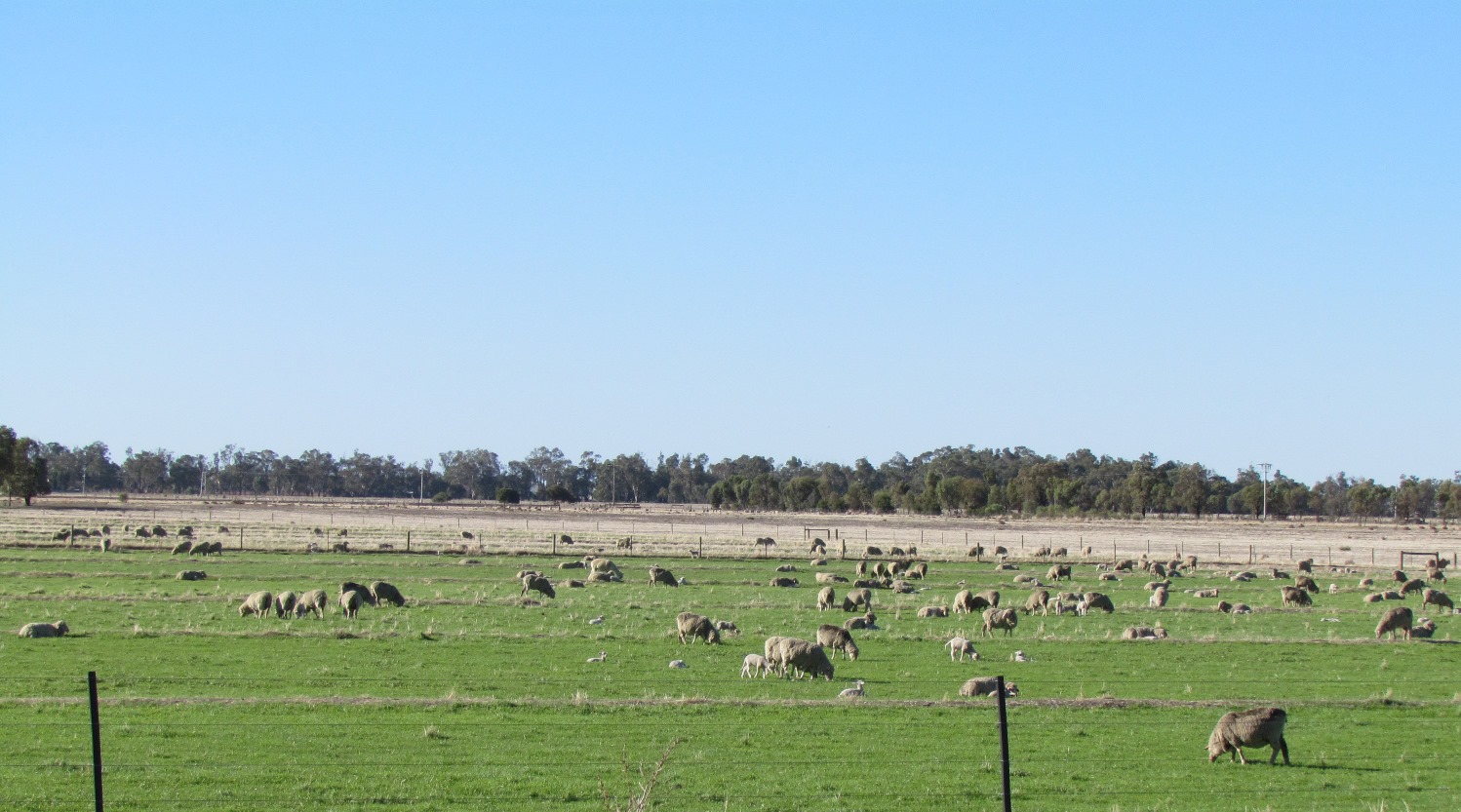Sheep and goat mortality surveillance project
The Sheep and goat mortality surveillance project describes the diseases occurring in Victorian sheep and goat flocks and herds while performing surveillance for emergency animal diseases. It also brings Victorian sheep and goat owners into contact with their local animal health staff.
This 3-year project is an extension of the previous Lamb and kid mortality surveillance project, which ran for 6 years from 2009 — both projects are co-sponsored by the Sheep and goat compensation fund.
As seasonal conditions change, we see a different range of diseases. For example, diseases that were seen in 2015 to 2016, during the depths of that drought, are different from those seen during 2016 to 2017 (Sheep and Goat mortality project - 2015/16). During a drought, diseases associated with grain feeding, such as acidosis and polioencephalomalacia (vitamin B1 deficiency) or insufficient feed (pregnancy toxaemia) are common. When the drought breaks, sheep are attracted to eating anything that is green, so plant poisonings are commonly reported. In good seasons, such as 2016 to 2017, we see the diseases associated with lush feed — mineral deficiencies such as selenium and iodine were seen, and hypocalcaemia is a common metabolic disease.
Nevertheless, there is an ongoing occurrence of the common diseases, with internal parasites ('worms') being ever present. Producers are encouraged to monitor worm levels in their flocks, and to check that the drenches that they are using do work. ParaBOSS has a range of resources and information that you can use to get started on improving the worm control in your flock or herd.
Pulpy kidney (enterotoxaemia) continues to be seen too frequently. The vaccines available are very good at controlling the disease, if used correctly — lambs should be vaccinated twice in line with label recommendations, and boosters should be given every year throughout life. Another critical time is before starting grain feeding — a booster is always worthwhile if confinement feeding sheep.
Ovine Johne's disease continues to be reported in Victorian sheep flocks. Gudair® vaccine is very good at controlling losses on infected farms — it is suggested that every lamb that will be kept to adulthood is vaccinated at marking time. The current Sheep and goat mortality surveillance project is due to conclude in June 2018, so, if you have losses in your sheep flock or goat herd, contact your local Agriculture Victoria animal health staff to see if you qualify for a free investigation into the cause. At the conclusion, you will receive a report advising of the findings, along with recommendations on how to prevent these losses in the future.
